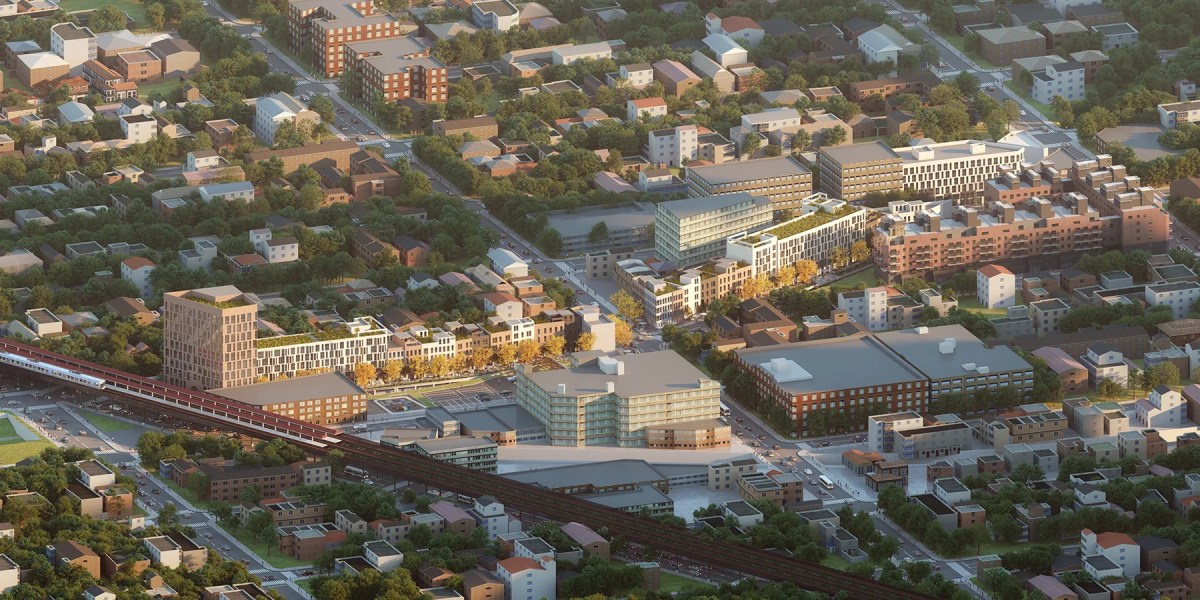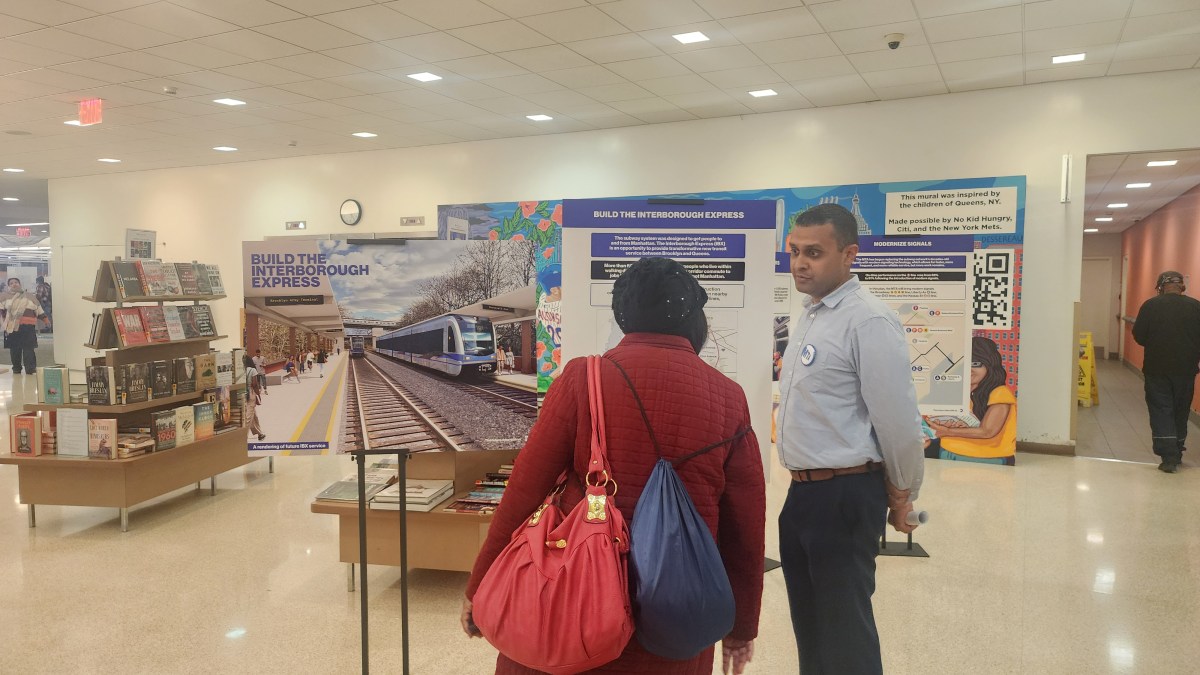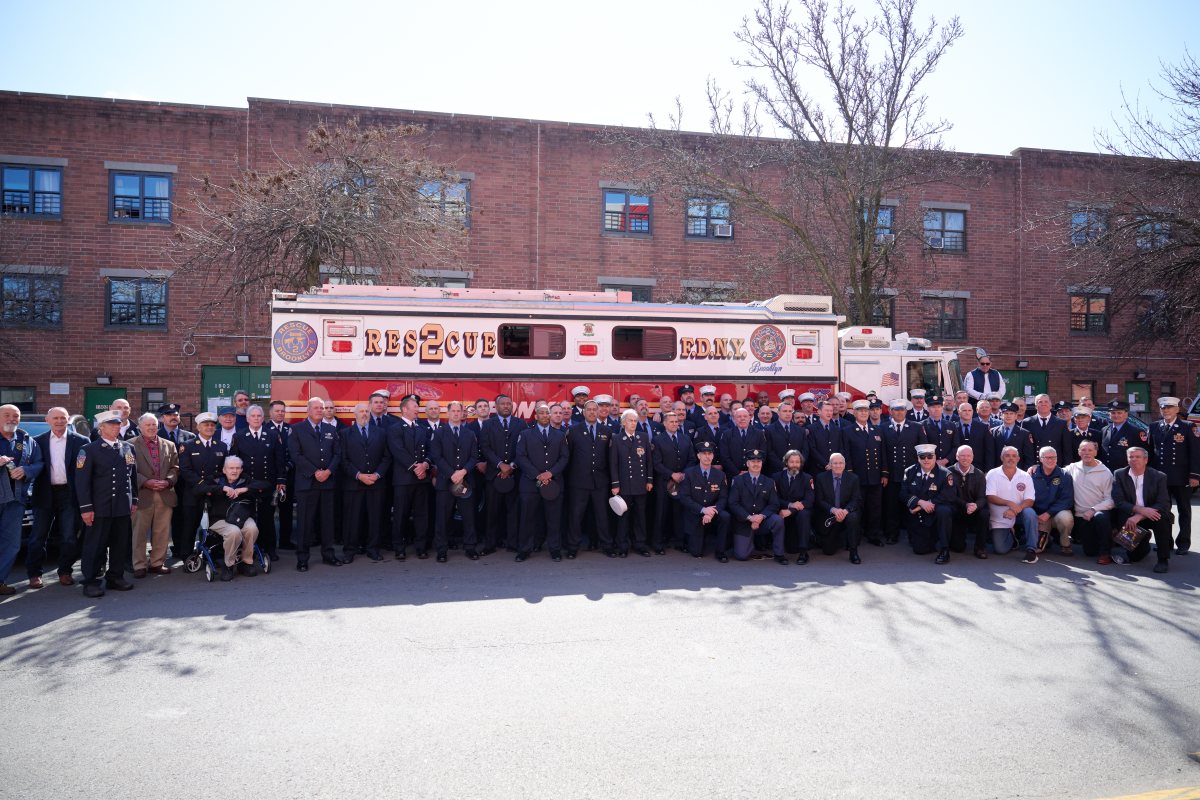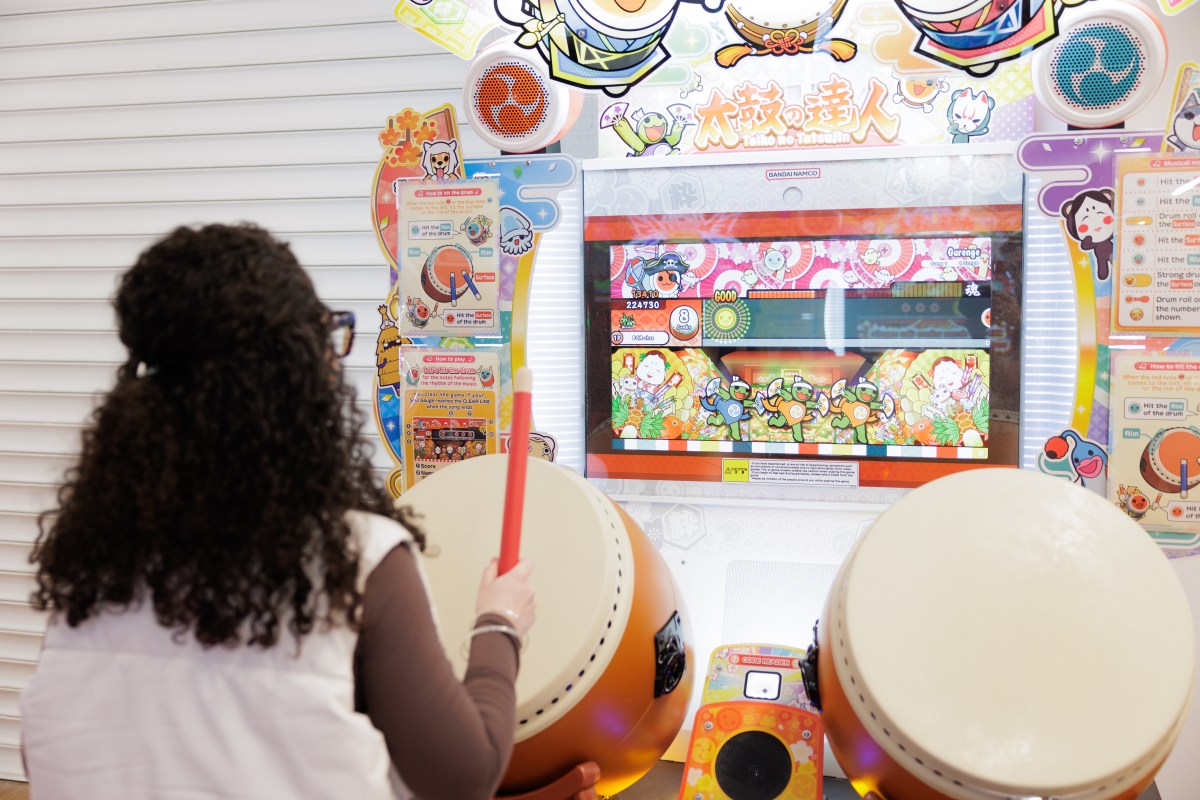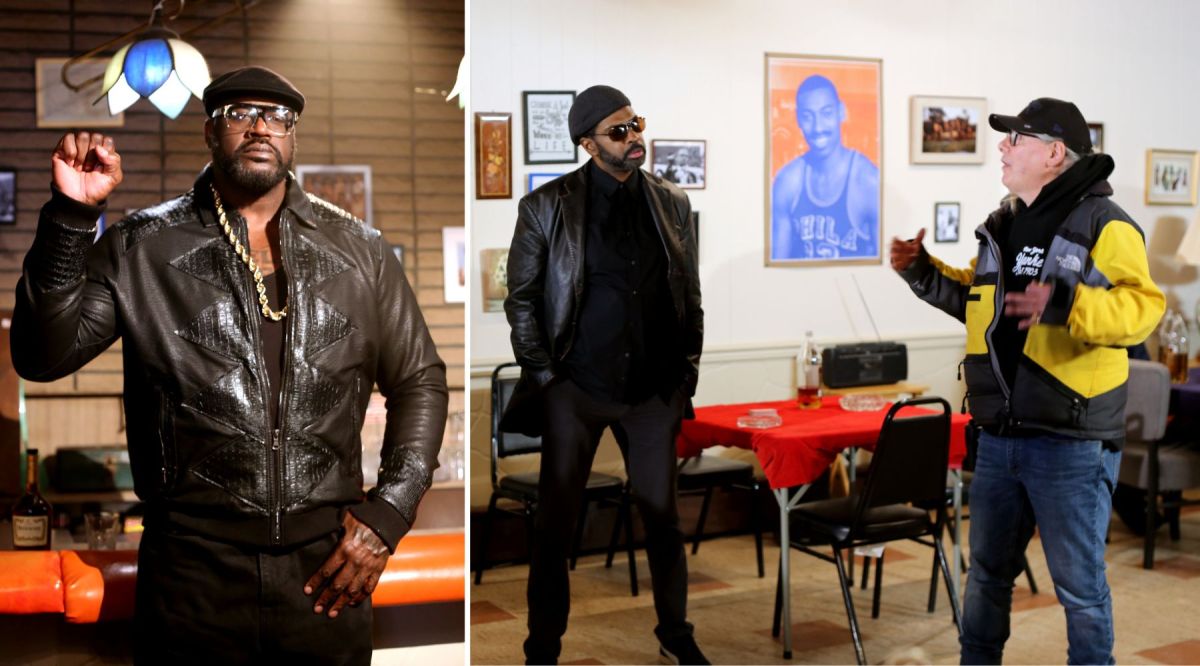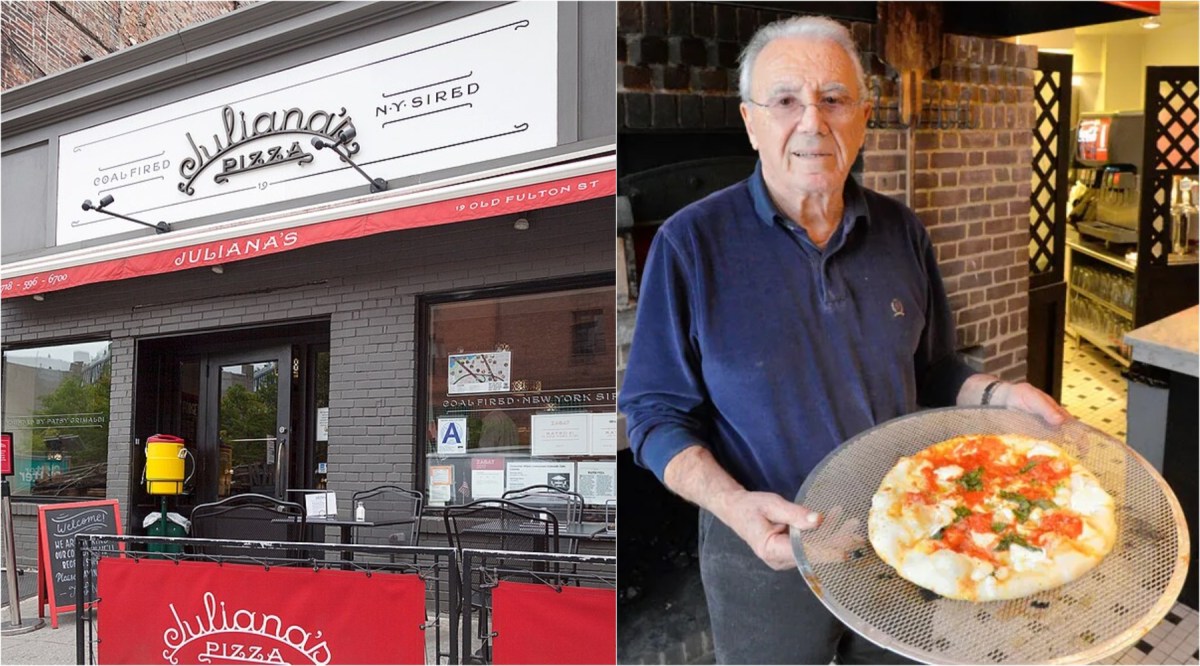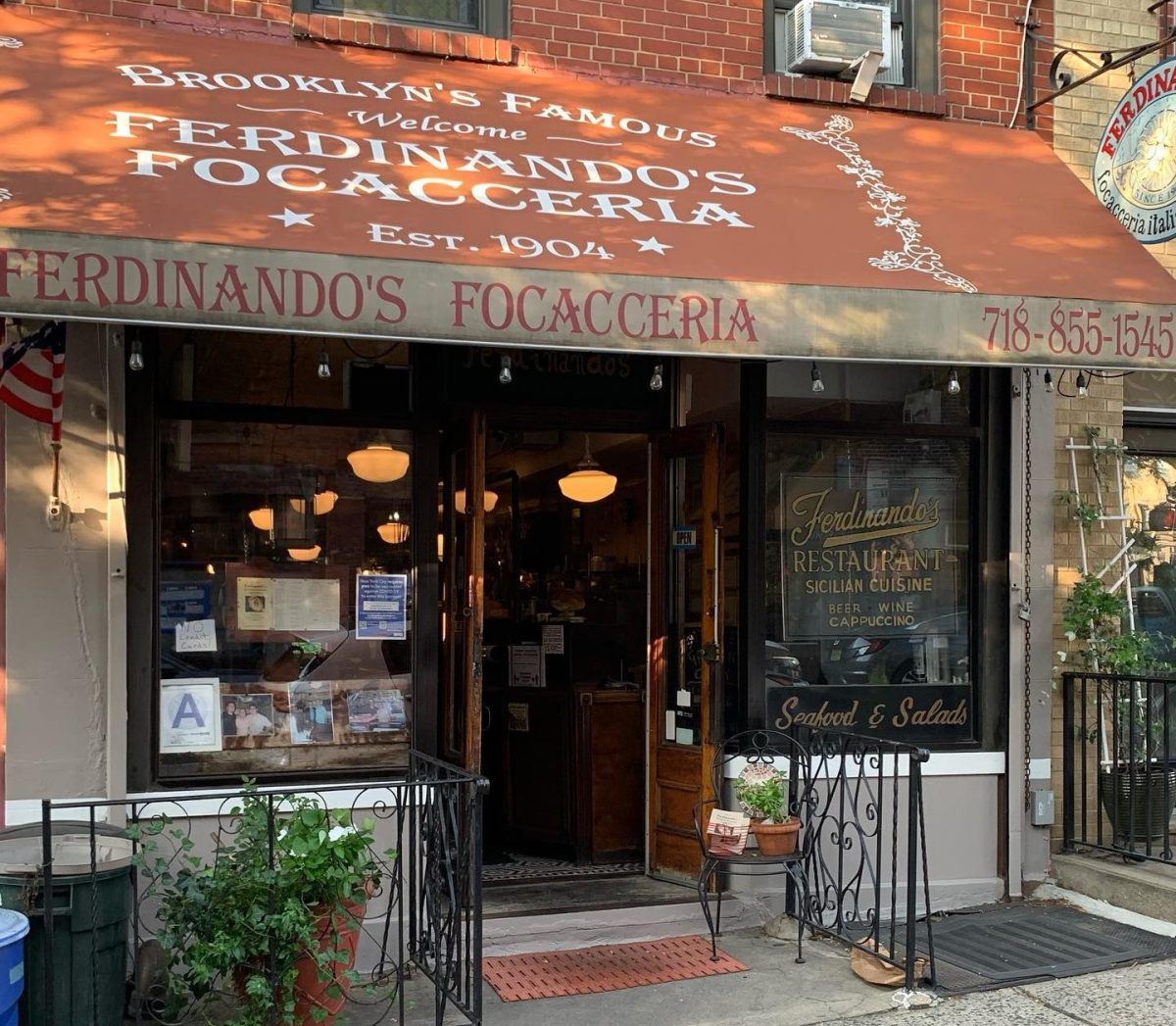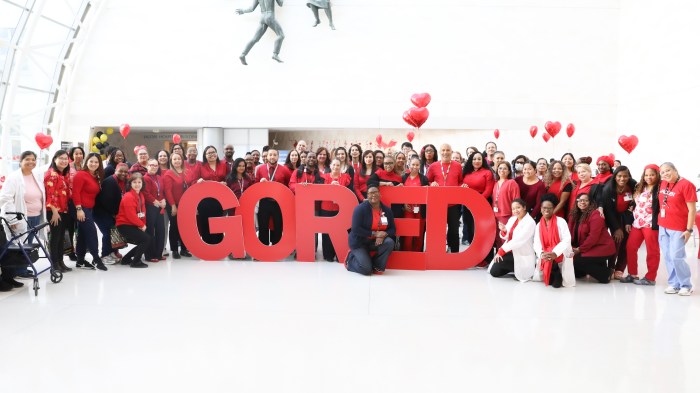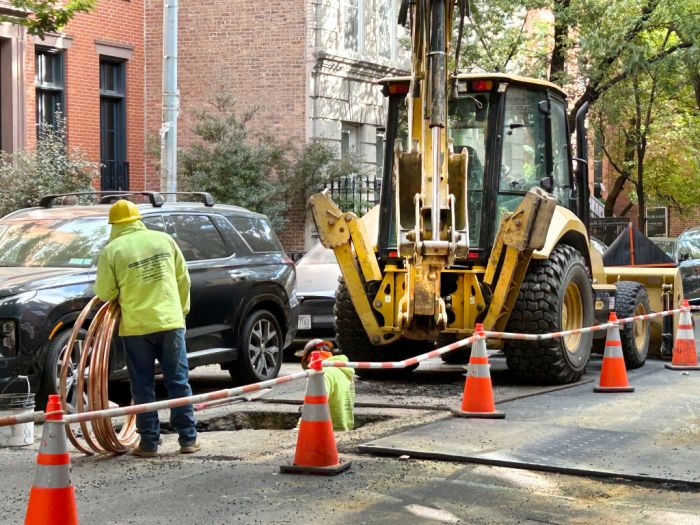As congestion pricing chugs along, another big MTA project stands to move forward with financial support from the Manhattan toll plan: a new Brooklyn-to-Queens train that will potentially transform city travel as outer-borough commuters know it.
Dubbed the Interborough Express (IBX), the proposal for a light rail connecting the two boroughs would bypass Manhattan and run 14 miles from Jackson Heights, Queens to Bay Ridge, Brooklyn along an underused freight line. It would dramatically transform many NYC commutes, especially for the nearly 1 million who live within walking distance of the proposed IBX route.
The plan has been in the works since at least 2022, but has not made much progress until now. According to MTA officials, the agency is putting IBX into high gear again with a request for proposals to begin the preliminary engineering phase of the project, which is featured in the agency’s 2025-2029 capital plan.

Gov. Kathy Hochul supports the project, too. She highlighted it on Nov. 14, 2024 as part of a list of major transit projects for NYC when she announced the activation of congestion pricing with a lowered $9 base toll from $15 that took effect on Jan. 5.
According to an article in Crain’s New York Business, the IBX project will be completed in two phases. The first phase would include demolishing existing structures, constructing new tunnel and bridge structures and repositioning existing freight infrastructure.
The other phase would consist of installing the light-rail system, constructing stations and an operation center, ordering light-rail trains, and taking other steps before putting the railway into service.
“More than 5 million people live in Brooklyn and Queens, and many of them want to travel between the two boroughs for jobs, education, and all that NYC has to offer,” MTA Chair and CEO Janno Lieber said about the IBX in October. “We need an easier way to move between the two boroughs, and that is exactly what the IBX delivers.”
At a cost of approximately $5.5 billion, the IBX would transform a “lightly used” freight railway into a light-rail passenger line that would connect to 17 subway lines, more than 50 bus routes and the Long Island Rail Road.

According to the project’s description, the proposed railway will significantly cut travel times between Brooklyn and Queens. An end-to-end commute is expected to take 40 minutes.
The only way New Yorkers can currently travel by subway between Brooklyn and Queens without going into Manhattan is on the G train.
The MTA reported that early environmental analyses have already begun in anticipation of the federal government’s approval to formally begin the National Environmental Policy Act (NEPA) environmental review process.
In the meantime, several public meetings have been held about the project to gather community input with more to be announced in the future, MTA officials said, including public hearings associated with the environmental review process.
Read More: https://www.amny.com/nyc-transit/




